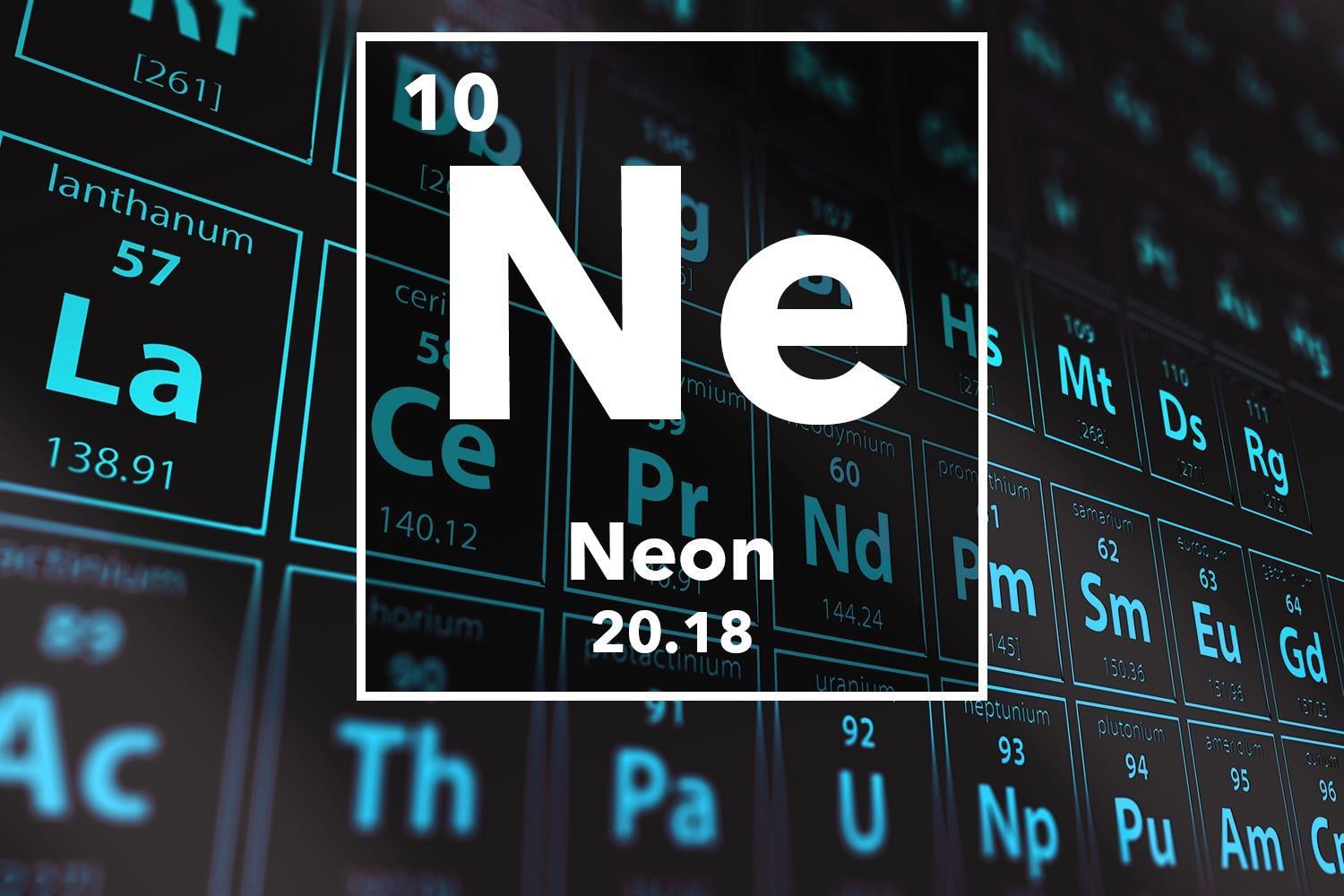

#Neon element full#
For details, please check the full article “is aluminum conductive?”.A vertical column in the periodic table. Aluminum is a common material used to make satellite dishes. Despite having just 60% of the conductivity of copper by volume, one pound of aluminum has the electrical current-carrying capability of two pounds of copper by weight. is aluminum conductive?Īluminum is a metal with high electrical conductivity. Check another article “is titanium magnetic?”. The electron configuration of titanium is 1s2 2s2 2p6 3s2 3p6 4s2 3d2. It is 40% lighter than steel while maintaining the same strength as high-strength steel. Titanium metal is a particularly durable metal for engineering applications due to its corrosion resistance, as well as its exceptional strength and low weight. Titanium is an atomic element with the symbol Ti and the atomic number 22. What is titanium and what is its electronic configuration? Trace metals that contaminate silicone rubber can be detected and analyzed using XeF4. It’s made up of xenon (a noble gas) and fluoride (a naturally occurring mineral). Xenon tetrafluoride (XeF4) is a colourless/white crystalline chemical. Related Links Magnesium Element| Properties and Uses Sulfur Electron Configuration Electron Configuration for Calcium Electron Configuration for Iron (Fe) What color is Titanium? Zinc Metal| Properties and Uses Frequently Asked Questions 1. Neon is used as a tracer in geological dating to analyze the relative abundance of different isotopes of neon in rocks and minerals to determine their age. What is the significance of neon in geological dating? Neon has three stable isotopes: ^20Ne, ^21Ne, and ^22Ne. Neon is used as a refrigerant in cryogenic applications, such as in the cooling of infrared detectors.


Properties of neon include being a colourless, odourless, and tasteless gas, having a low boiling and melting point, and being relatively non-reactive. Neon was discovered by Sir William Ramsay and Morris Travers in 1898. Neon is commonly used in neon signs and fluorescent lamps. What is neon commonly used for in lighting? Neon is located in Group 18 (also known as the noble gases) on the periodic table. What group is neon located in on the periodic table? Helium is essential for modern life and has been used in a variety of industries, including medical equipment, linear motor cars, and semiconductors. It is used as a purge gas for optical component modules to protect them from active gases and impurities. DUV is used in the current generation of Ice Lake CPUs based on Intel’s 10nm process.Īnother noble gas used in Excimer laser operation is helium. The DUV process is used for transistors with dimensions ranging from 14nm to 248nm, such as those found in Intel’s Skylake and Cascade Lake processors. It is used in deep ultraviolet (DUV) lithography laser systems as a buffer gas for Argon (Ar) and Krypton (Kr) gases.īecause neon gas accounts for more than 96 per cent of the laser gas mixture, a fairly large amount of neon gas is consumed to run these DUV lasers. Neon is a key component of an Excimer laser system. Rare gases are widely used in semiconductor manufacturing due to their inertness and extreme chemical stability. Geological dating: Neon is used as a tracer in geological dating, which involves analyzing the relative abundance of different isotopes of neon in rocks and minerals to determine their age.Each element in air changes from a liquid to a gas at a different temperature as the air warms. After that, the liquid air is allowed to warm up. The conversion of a container of air to a liquid is the first step in the fractional distillation of air. It comprises two electrons in the first shell and eight electrons in the second shell.įractional distillation can be used to obtain neon from the air. It has ten electrons, resulting in two filled shells. Neon, like other noble gases, helium (He) and argon (Ar), is extremely non-reactive and floats around on its own. Cryogenics: Condensed neon is used in cryogenics dueĮlectric signs and fluorescent lamps: Neon when heated,


 0 kommentar(er)
0 kommentar(er)
